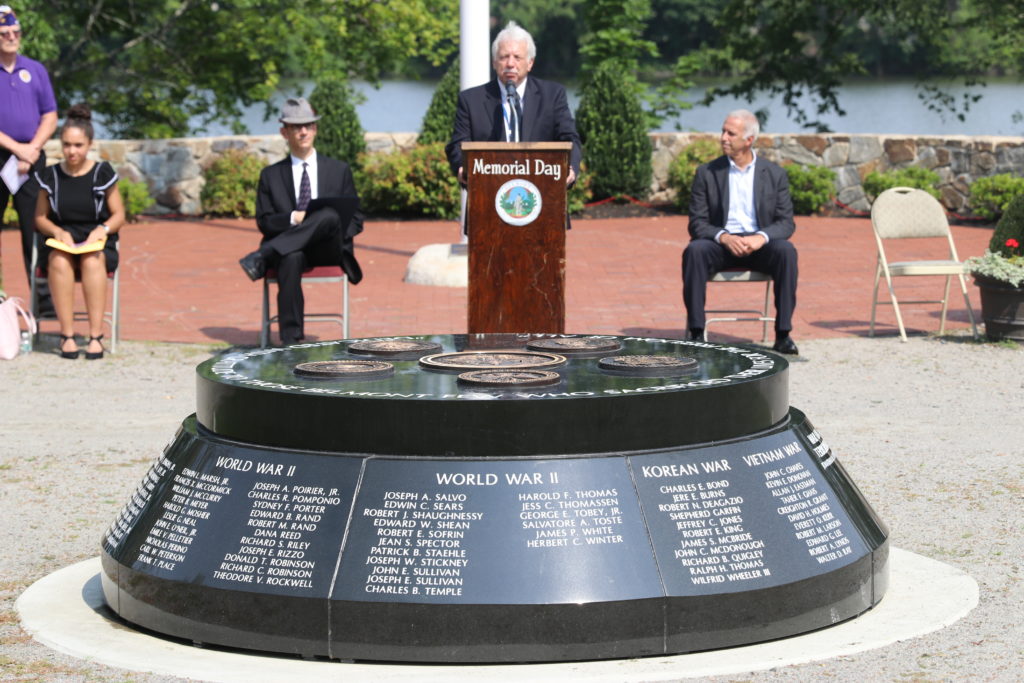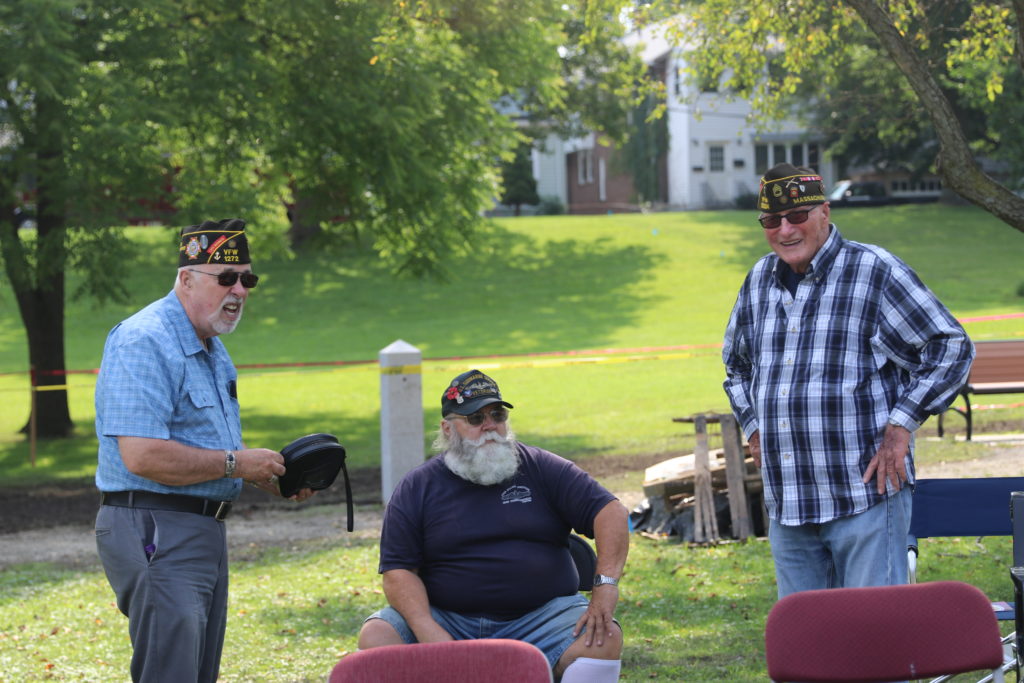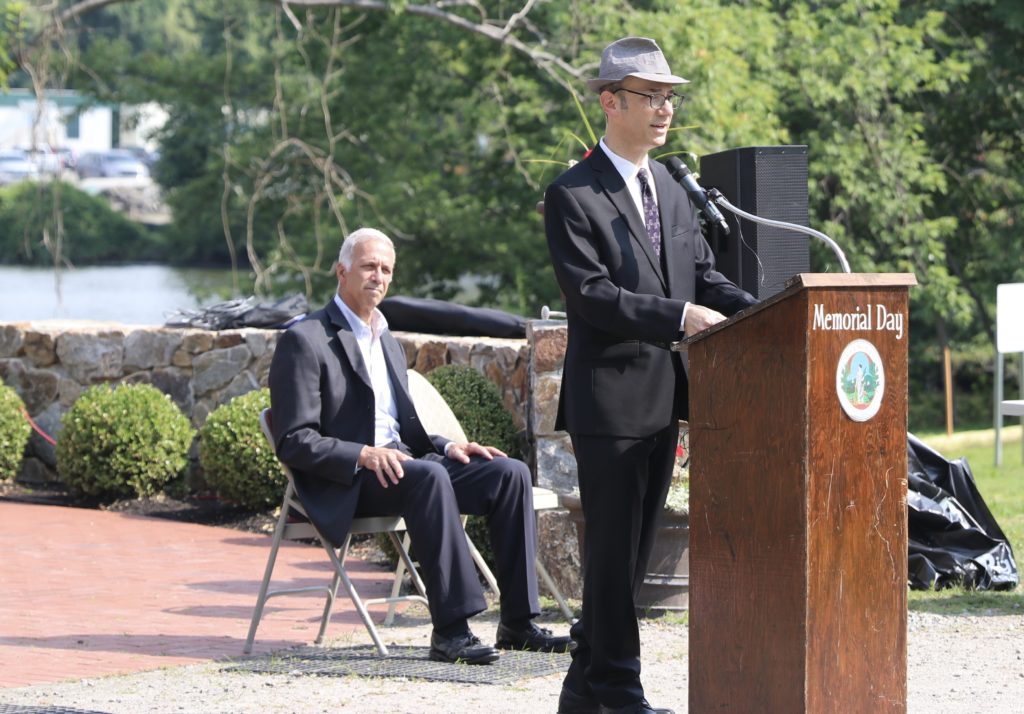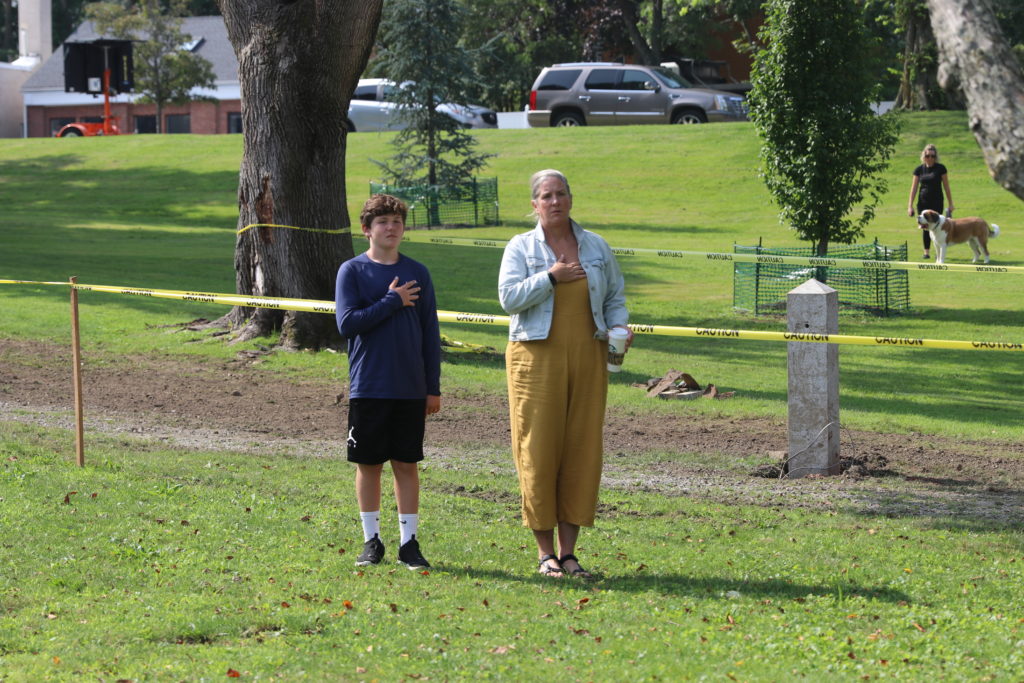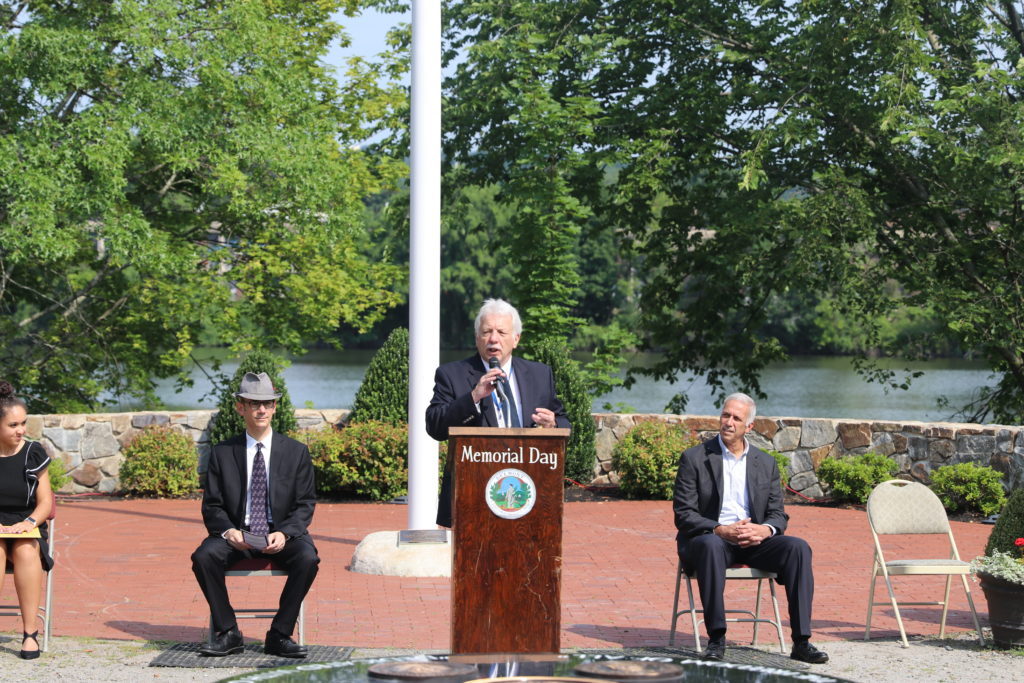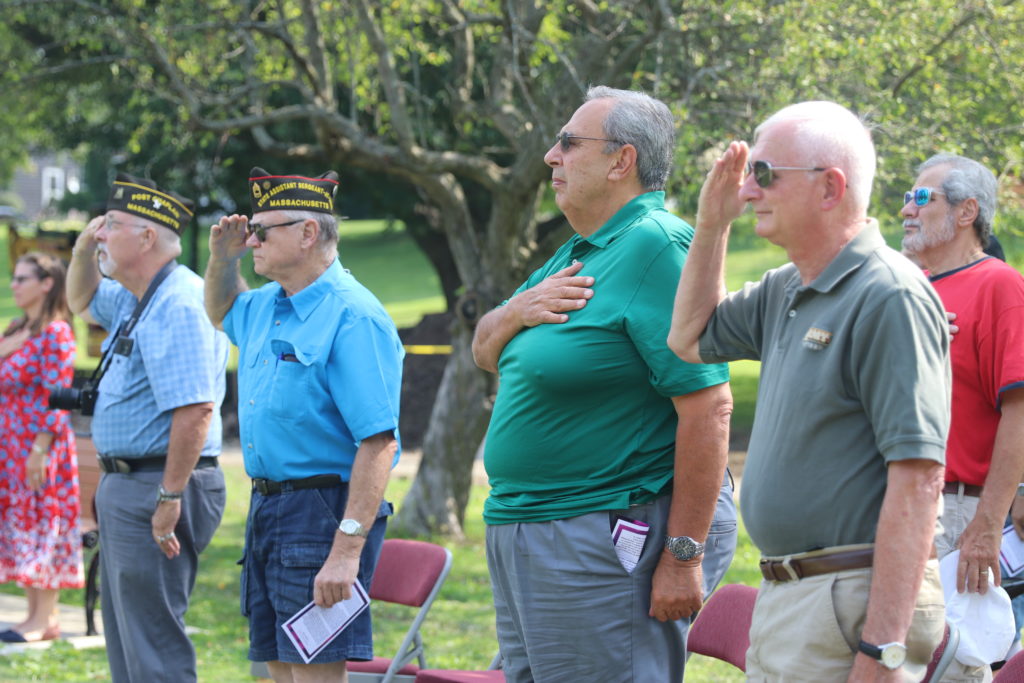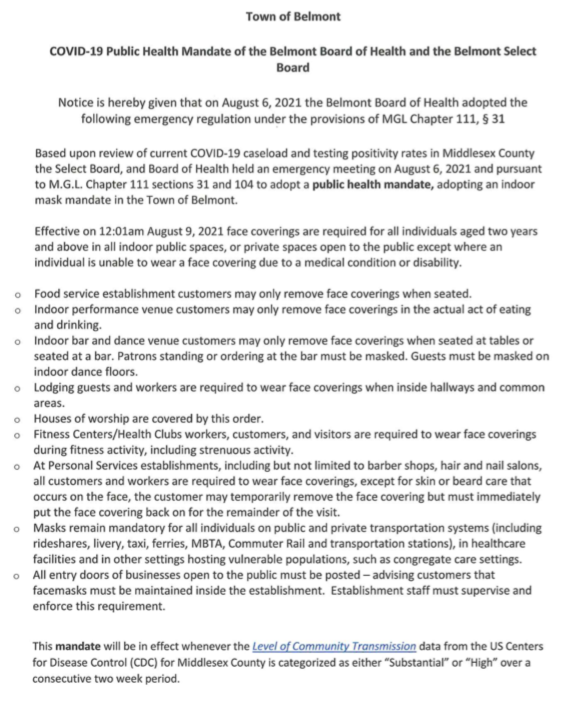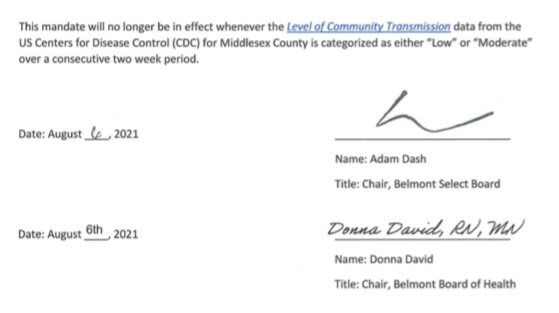Photo: James MacIsaac, Belmont Police Chief
A pandemic, nationwide civil rights protests and the challenges brought on by the position itself. The past year put most police chief under the spotlight. And according to town officials, Chief James MacIsaac took on the challenge and shined.
At its Monday night meeting, Aug. 16, the Belmont Select Board unanimously approved a merit increase of one and a half percent for MacIsaac retroactive to July 1, 2021 and agreed to extend his contract by two years with a new expiration date of Dec. 31, 2024. The increase brings his “all-in” salary to $191,354.91, according to Belmont Human Resources Director Shawna Healey.
Belmont Town Administrator Patrice Garvin, who conducts the performance review of police chiefs, said unlike his previous review, “I had to look at it through a different lens given the abnormality of COVID and the challenges that that brought to the position.”
Shortly after MacIsaac started on January 2020, COVID hit, followed a couple months after, the country and police forces was dealing with the murder of George Floyd, all the while running a department from a temporary location while coordinating the move into the new Police Headquarters, noted Garvin.
“The challenges [MacIsaac] was facing in last year was challenges … former police chiefs 10 to 15 years to experience,” said Garvin. Despite working in that “whirlwind” as a first year police chief, “[MacIsaac] performed beyond expectation at an exemplary level, using the strengths that he has, given his personality and his years of experience with the force as the assistant chief.”
“He was able to … lead the community through all those challenges and my review [of his] last year’s performance was the highest it could be for an employee,” said Garvin, rating his performance a five.
“Thank you, Chief. I’m happy to extend you an additional two years,” said Select Board Chair Adam Dash. “Great work and I look forward to working with you further.”
